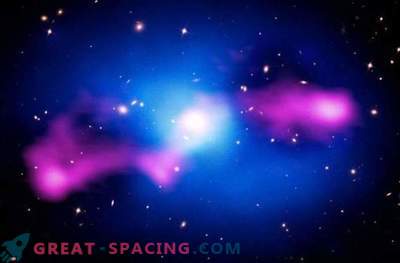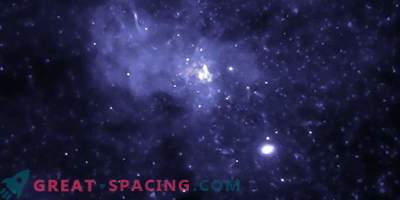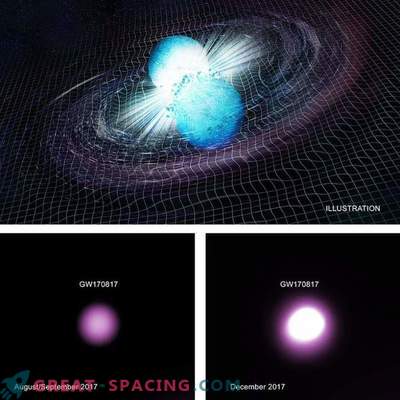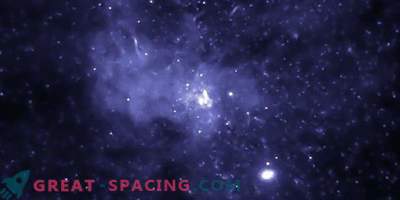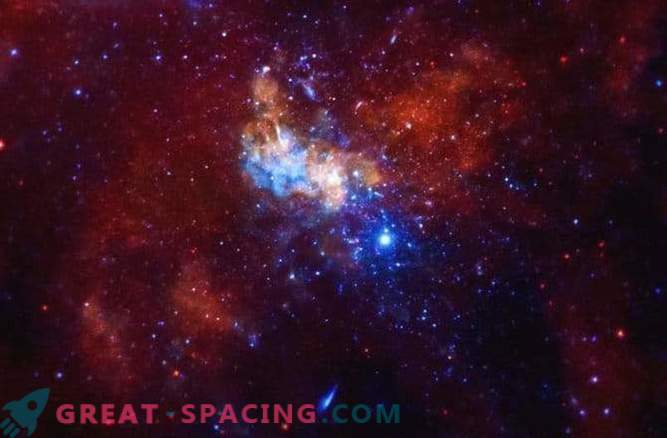
Less than three hours after astronomers discovered a large flash of streaming X-rays coming from a black hole in the center of the Milky Way, extremely rare high-energy neutrinos were observed in an underground detector at the South Pole.
Coincidence?
Scientists believe not. The IceCube Neutrino Observatory discovered even more ghost-like particles several days after the black hole, known as Sagittarius A *, exploded, according to a new study.
The source of these tiny particles, which have practically no mass and do not carry electrical charge, has long been the subject of numerous discussions. Particles permeate space, but they are difficult to detect, since they cannot be absorbed by the substance or rejected by the magnetic field. Since opening in 2010, IceCube has registered a total of 36 high-energy neutrinos.
While the study published in Physical Review D is ambiguous, it provides the first evidence that the Milky Way black hole (a region with so much dense energy that even photons of light cannot avoid its gravitational absorption) can produce high-energy neutrinos. . Sagittarius A *, as is known, is located at a distance of about 26,000 light years from Earth. Astronomers believe that supermassive black holes are also located in the center of most galaxies. "Calculating the source of high-energy neutrinos is one of the biggest problems of modern astrophysics," says study co-author Jan Bai from the University of Wisconsin in Madison.
"Now we have the first evidence that the astronomical source - the supermassive black hole of the Milky Way - can produce these high-energy neutrinos," said Bai.
Astronomers made the first correlation of observations made with the NASA Chandra space telescope. Additional flashes were observed using two more Swift and NuStar X-ray telescopes. The image above shows the perspective of the Chandra region around the black hole in low, medium and high energy X-rays colored in red, green and blue, respectively. Sagittarius A *, which has 4 million times more mass than the Sun (compressed into a sphere that would extend from the Sun to the orbit of Uranus), is located in a white area in the center.






